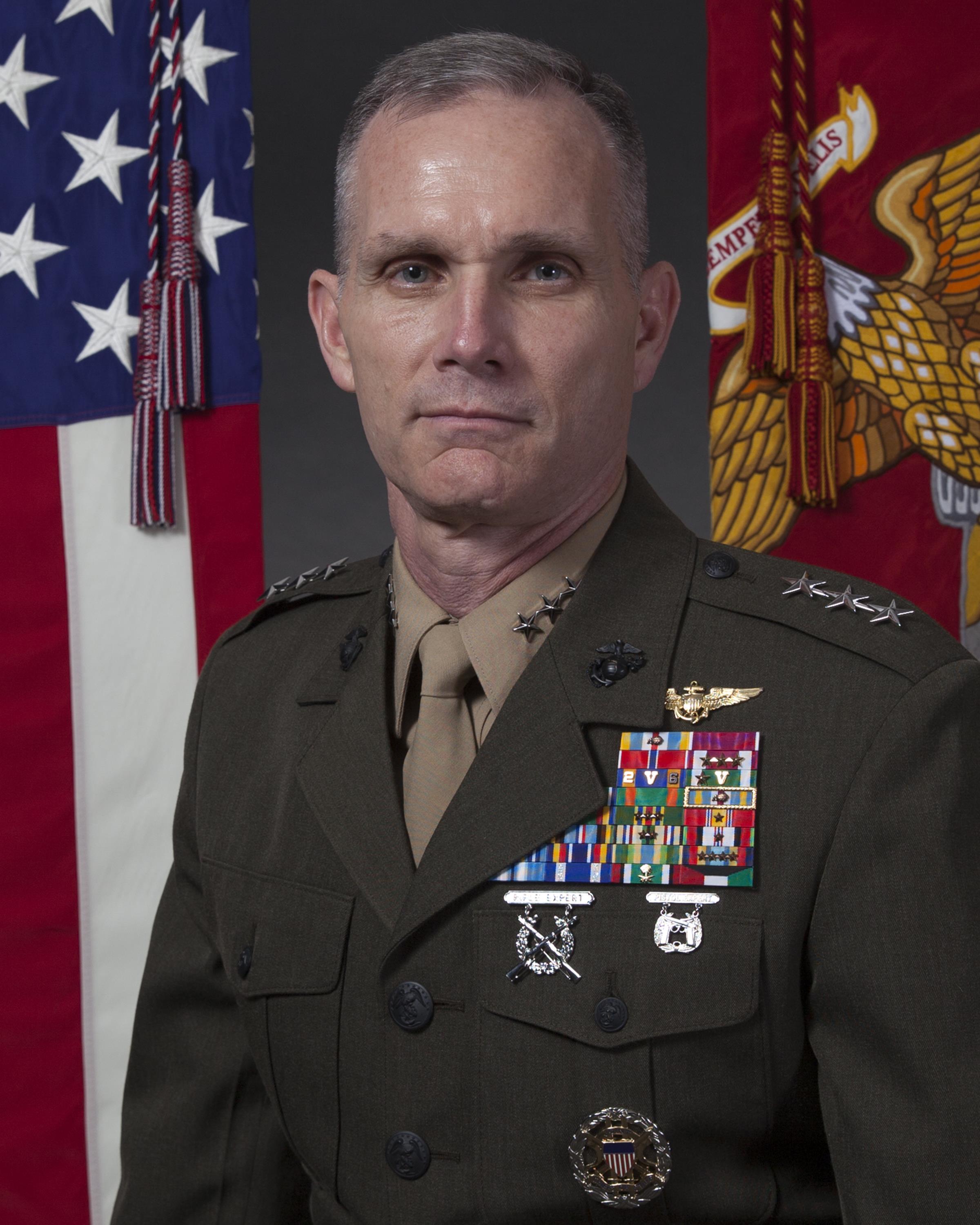
Lt. Gen. Gary Thomas Nominated to be Assistant Commandant Of Marine Corps
Marine Corps Lt. Gen. Gary Thomas was been nominated to serve as assistant commandant of the Marine Corps, the service’s second-highest…
Copyright 2024 U.S. Naval Institute. All Rights Reserved.